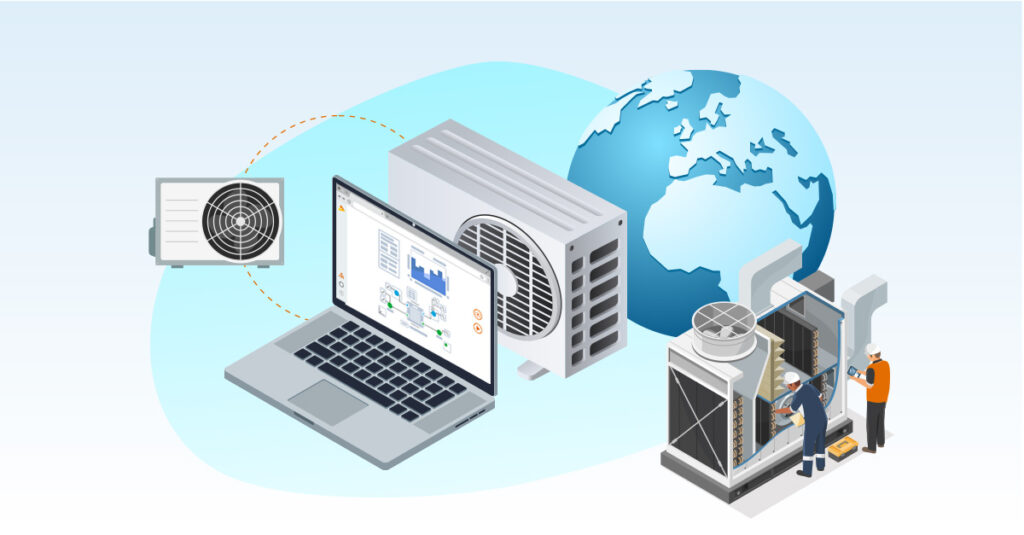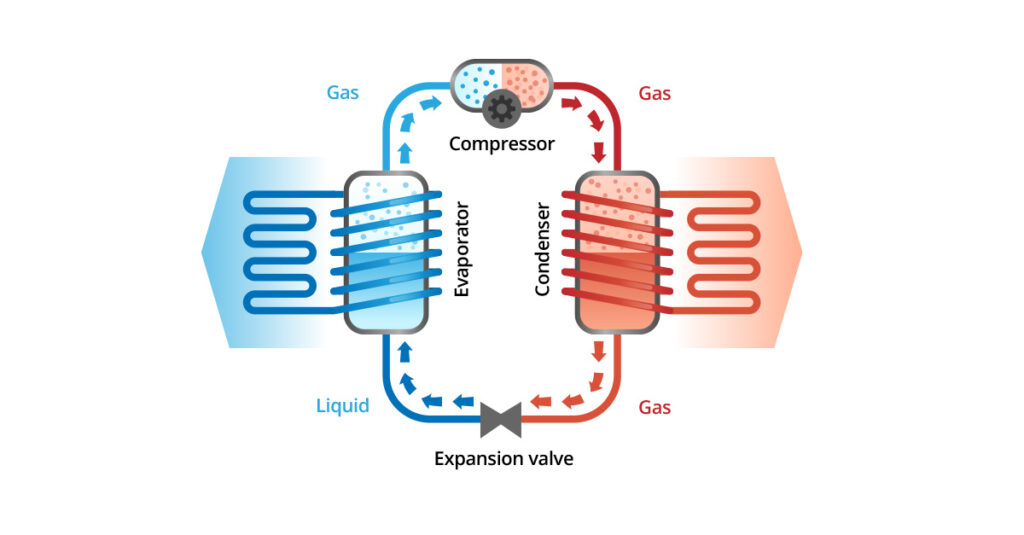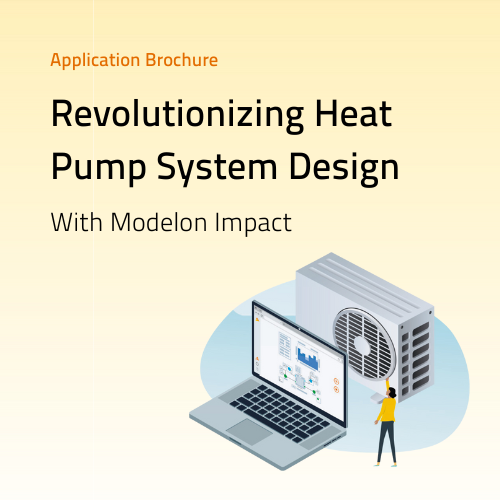
Engineering a new generation of efficient and affordable consumer HVAC solutions is vital but extremely challenging.
Approximately 1% of the Earth’s population is exposed to dangerous heat yearly. Given current global warming trends, that number will jump to 20% by the end of the century, placing 2 billion people in unlivable heat. Meanwhile, accelerated arctic warming spurs extreme cold-weather events in previously warm regions, leading to record-breaking snow and cold in Texas and subtropical Japan.
In the long term, we must decarbonize our energy system and slow global climate change. In the short term, we must increase access to affordable and effective heating and cooling systems.
Bringing new heating and cooling solutions to market is often a slow and expensive process. HVAC engineers need more access to multi-fidelity software modeling tools to accurately and precisely predict system performance. This leads to testing system designs using multiple rounds of costly physical prototypes. Meanwhile, meeting increasingly stringent regulatory expectations for environmentally friendly working fluids and refrigerants consumes many engineering hours.
Given these challenges, how can we quickly and globally pivot to affordable, lower-carbon HVAC heating and cooling solutions?
Learn how Modelon helps thermal engineers use dynamic modeling to tackle these challenges today.
An Overview – Addressing Climate Change Through HVAC Design
Heating and cooling systems play a significant role in climate change and global warming.
Climate change is driven by greenhouse gas emissions, which increase with global energy demand. At current use levels, roughly one-quarter of all energy produced globally is used on heating or air conditioning for residential or commercial buildings. That portion is sure to grow as the climate changes. Installations of AC units alone are expected to triple globally by 2050.
Heat pumps are part of the solution. The current generation of heat pumps can outperform conventional electric or gas heating solutions and AC units. Newer designs offer the possibility of expanding access to air conditioning and affordable heating in the short term, decreasing electricity demand now and ultimately eliminating carbon dioxide and greenhouse gas emissions associated with heating and cooling in the future.
Broad heat pump adoption could be faster. Some early designs failed to reach the performance levels of conventional electric or gas units. Additionally, consumers have trouble trusting new technology, especially when it is more expensive than the existing solutions they are familiar with.
Given the right tools, engineers can bring better heat pumps to market more quickly, at a lower cost to consumers, and with lower environmental impact overall.

The Business Case – Using Comprehensive Physics-based Modeling for HVAC Systems
By adopting more comprehensive physics-based dynamic models, engineers can take on more ambitious tasks, such as developing cost-effective and reliable heating and cooling systems that help reduce energy demand while ensuring comfort amid climate changes driven by global warming. Until now, it’s been difficult for engineers to meet regulatory expectations (like lowering the environmental impact of refrigerants) while improving designs to reduce costs and attracts hesitant consumers.
In part, these difficulties result from a need for the right tools. “Back-of-the-envelope” calculations and simplified steady-state models are good enough for narrowly defined tasks, such as confirming that an existing HVAC system can maintain specific advertised thermal comfort set points while using a similar refrigerant. However, these tools fall short as complexity grows. Simple tools can neither cope with dynamic ambient conditions nor capture the dynamic physics and complex phenomena at play in heating and cooling a residential or commercial structure under real-world conditions. Dynamic simulation removes system design limitations and opens new opportunities.
The Solution – Modelon Impact for HVAC Technology Development
Modelon Impact is a cloud platform for designing, simulating, and analyzing physical systems using model-based design. It offers comprehensive heat-pump and HVAC-specific template models, tutorials, and customizable commercially validated components (including refrigerants). More importantly, Modelon Impact makes it easy for HVAC engineers to quickly add steady-state and dynamic physics-based models to their workflow, giving them a complete picture of how their proposed systems will perform under various conditions in the real world. That reduces the time to market and can eliminate the cost of prototyping different heating, refrigeration, and air conditioning system designs.
While the included libraries, tools, and components are suitable for many HVAC system simulations if your heating/cooling project demands further customization, our HVAC and refrigeration experts are here to help you and your team along.
As an open platform, Modelon Impact makes it simple to collaborate across your entire organization (including non-specialists and those with limited engineering or programming experience). A comprehensive, dynamic physics-based modeling approach allows you to enjoy added insights, constructing high-fidelity models that will enable teams to accurately and precisely predict system performance over time and changing conditions.
Application Brochure
Revolutionizing Heat Pump System Design
Video
Modelon Impact for Residential Heat Pumps
Library
Vapor Cycle Library
The Use Case – Physics-based Dynamic Modeling in the Field
HVAC engineers are already using Modelon Impact to make significant strides in less time. For example, heat pump manufacturers are currently using Modelon Impact’s dynamic modeling physics libraries to explore heat exchanger geometry, new air-to-water heat pump designs, and the performance of different combinations of variable speed fans, variable speed compressors, and refrigerants over varying dynamic conditions.
Working together, we can bring more efficient, lower-cost heat pumps and air conditioning to market more quickly.
Resources
Introducing a new tool to your engineering stack can be daunting, so Modelon regularly releases easy-to-follow tutorials and guides on the Modelon Help Center. Our experts provide detailed support to keep your team moving forward.
Over the past two decades, we’ve distinguished ourselves by delivering exceptional service and expertise, earning a reputation as a trusted partner in many industries. Customer success is always our top priority.
Testimonial
MAN Energy Solutions
Case Study
Siemens Energy
Blog
Overcoming Barriers to Heat Pump Adoption
Ready to make an impact with system simulation?
Get in touch today to see how Modelon Impact can help you with your system simulation and product design journey.




